Hematology 2.0: navigating the world of medical apps
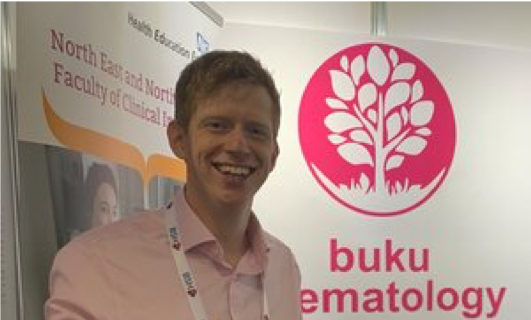
Interview with Dr Alex Langridge, SpR, by Dr Nuno Borges, MBBS, MRes, on behalf of YoungEHA.
Despite the controversy surrounding them, medical apps remain extremely popular and lucrative endeavors. In 2018, medical apps were downloaded more than 400 million times1, and the market is expected to be valued at US$102.35 billion by 2023.2
Although there are concerns regarding unqualified and inaccurate advice provided in some of these apps, efforts have been made by the medical community to overcome this.
In the United Kingdom, Buku Haematology is an example of a free, non-commercial, and widely available app which tries to do just that. YoungEHA had the opportunity to speak to Dr Alex Langridge a hematology trainee in the UK, who is one of the co-creators of this app. (@alangridge1)
NB: Alex, thank you for speaking with us. Can you start by telling us how the idea for your app came about?
AL: The workload of specialists (as well as those who refer to them) is ever-increasing, and therefore, innovations which help with clinician efficiency are needed to manage this workload to improve patient care and protect clinicians from stress and burnout. Early on in my hematology training, I identified that hematology problems often relate to either an increase or decrease in a laboratory parameter, a blood count or coagulation time for example. Many of these questions require little (or no) specific information from the patient, and therefore a simple resource like an app could avoid some of these questions being sent through to a specialist. Referrers will often send letters or call the hematologist for advice, and this is inefficient for both the referrer and the specialist as it distracts them both from other tasks. Since people understandably use what appears to be the simplest and fastest method to get advice, an app was a logical choice as this is something that people will have with them at all times on their phone and takes seconds to load.
NB: A lot of people have raised concerns regarding the role of apps in patient care. What are your thoughts?
AL: As with any resource it must be used professionally, both when [the provider is] with the patient and in how the content is used. It can look unprofessional to use a phone in front of a patient as they may think that it is being used for a personal function such as messaging. I find that if you provide a clear explanation to the patient of why you are using the device however—for example, I often use mine to look at a medication app to check drug interactions before prescribing—it is not unreasonable to use a phone. Ideally however, use away from the patient, when possible, is preferred.
The app should also be a reliable resource; this can be hard to determine, but as with any resource (from UpToDate through to Wikipedia), it is up to the clinician to assess that reliability themselves and to use it appropriately. Those writing the content also have a professional responsibility to provide accurate content, and [provide] their own governance to review this. Buku Haematology, for example, has a disclaimer on the landing page regarding how to use it safely. It is very much a source of information rather than guidance and is not a ‘medical device’. A medical device is classified as such, in the simplest terms, if it receives any information from the patient to then deliver advice or results—and medical devices are required to comply with legislation of their host country to protect patients. We also have a review structure for content, to check it at the point of initial upload to the app, and then a regular review of content.
NB: How do you think the emergence of artificial intelligence will impact mobile health apps?
AL: Artificial intelligence is often misunderstood in the public and professional domains and it is important to differentiate between increasingly “intelligent” programmed technology from true artificial intelligence which can “learn” and adapt its processes through experience. With time, I expect that specialties such as hematology which include a large amount of numeric data may be the first to benefit, as these results are more “absolute” than symptoms such as chest pain. This will allow for more efficient “learning” as data will be easier for machine learning systems to adopt and integrate into future advice. This is still however many years away, as sufficient data banks need to be accumulated for the machine to learn from, and then testing will also take time to ensure sufficient accuracy of advice. It can then be deployed, when it becomes better than humans performing the equivalent role.
“The app can prevent a call/referral to hematology in at least 23% of cases, with a further 60% of cases having more investigations performed before the call, thus expediting patient care”
NB: What has been the impact of your app so far?
AL: The app has now been downloaded over 16,000 times internationally. Data acquired from users and a survey by the authors of the app have shown that it can prevent a call/referral to hematology in at least 23% of cases, with a further 60% of cases having more investigations performed before the call, thus expediting patient care.
The app has the support of our regional hematologists, is installed on clinician smartphone devices in two NHS trusts in the region and is in the NHS Apps Library. We also have a link to a charity partner, Virtual Doctors, which provides advice to clinicians working in remote Malawi and Zambia through an app on a smartphone. Buku Haematology is installed on their devices and we hope that this can help clinicians in low- and middle-income countries in their management of hematology problems.
NB: What was it like getting the app off the ground? Any particular challenges?
AL: It took some time to write all of the content and to find an appropriate host for the app as I have no coding experience myself. We found an online platform which offers this service for a reasonable fee and released the app almost three years ago. We have had financial support from Health Education England (a branch of the UK’s Department of Health), and without that it would have been difficult to shoulder the cost of the app over those two to three years. Another struggle is promotion of the app and developing trust in it among users. Twitter has been really helpful, as have other medical education colleagues (e.g., TeamHaem, a UK case-based learning resource), but money is needed to advertise in journals etc., where exposure would be greatest. As always, funding is a challenge with an unproven project, but with time and a good product, we are soon hoping to have some funding to allow us to advertise the app further.
NB: What advice would you give to early career hematologists who are hoping to develop their own medical app or online resource?
AL: Make sure it is easy to access, as people will always do what is easiest and quickest. If there is an alternative to your product which can be accessed more easily or more quickly, they will turn to that instead. Also think very early about how to gather data for the impact of your product. It is so much easier to spread the word about your product and gain trust with data to back it up and the earlier this is planned, the better. Finally, do not rush — make sure your product is looking professional and is thoroughly reviewed before making it available. Better to take a few months more to get things ready than make errors early on and lose the trust of users.
NB: Thanks Alex, and best of luck with Buku Haematology!
Since our interview, Buku has branched out to include other medical specialties and is now called Buku Medicine. You can follow on Twitter @BukuHaematology and you can download the App for free under the name Buku Medicine.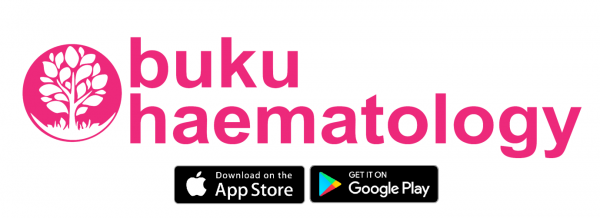
Disclaimer: The European Hematology Association has no affiliation with BukuHaematology
References
1 https://www.mobihealthnews.com/content/global-medical-app-downloads-exceeded-400m-2018
2 https://liquid-state.com/mhealth-apps-market-snapshot/
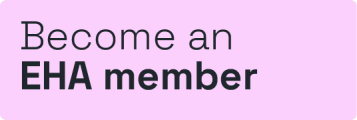
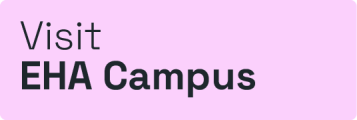
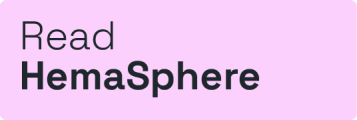
 Back
Back